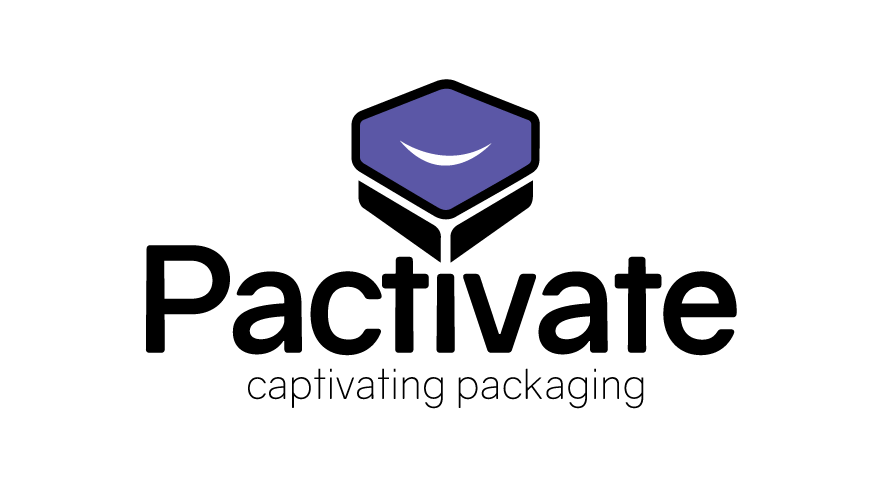Heading
Packaging Mistakes - and how to avoid them e-book
Download your copy now
Heading
Frequently Asked Questions
Packaging is complicated, we often get asked to help - here are some of the most common things that customers struggle with when creating a new packaged product
Packaging spend varies between sectors - but it should reflect the product value - often 10% but very much depends on the type of product and requirements of the packaging. In some cases, packaging becomes an integral part of the product in which case it's worth spending a little more to make sure your customer feels looked after. As a starting budget, we often tell customers that a first batch of packaging can cost upwards of £1-5k
People are often surprised by how much time is spent on packaging design, and time is money. While you might spend £500 on a simple logo, £1500 on a low cost website - packaging often incorporates product design, material and production technology and CAD design, graphics, photography and legal copy and retail specific requirements. A 'cheap' packaging design will unlikely cover all the bases. Isn't it worth spending a bit of money to get it right - we'd recommend a budget between £3-5k on the whole process.
Packaging which is easy to open and designed with accessibility and opening experience in mind could be called frustration free. A common bad packaging example is plastic clamshell packaging which is difficult to open and can often result in injuries. If packaging is to be opened by people with arthritis or mobility issues, it's important that the designer considers this when coming up with the packaging design.
Packaging is only a small part of the cost of getting a product to market. You should also consider the cost of sales and marketing and also the costs of fulfilment and transport. The simplest of product, when all secondary costs are taken into account can easily lead into several thousands of pounds.
Always consider the total costs before looking for the cheapest packaging option. Good packaging will sell itself, arrive in good condition and engage with your customer beyond the point of purchase.
On the 1st April 2022, the UK government introduced legislation which means that companies who produce, manufacture or import 10 tonnes of plastic or more within 12 months must pay a levy.
The tax is charged based on the weight of the plastic packaging used and as of 01/04/23 amounts to £210.82 per metric tonne of applicable materials.
it's important to note that if more than 30% of the finished product is recycled, the tax does not apply. But it's important to be able to evidence this.
The main pieces of legislation around food packaging are the food labelling regulations. These vary from county to country, but a good example is that allergens must be shown on ingredients labels. The net weight of the product and country of origin usually must also be shown. There are also specific requirements for certain products for example those containing alcohol. Packaging which will be sold at a retailer will often be subject to further checks to ensure that the packaging doesn't contain harmful chemicals or risk material migration or contamination. the British Retail Consortium (BRC), provides regular review and auditing of packaging companies who sign up in order to provide guarantees and assurances of quality and safety.
As in many situations, communication is key. While consumers are increasingly aware and active in the important of recycling, there are lots of variables and it's good practice (and in some cases the law) to be clear and honest about the material composition in order to help keep it easy for environment conscious consumers.
Over the last few decades, lots of work has been done by organisations such as FSC, ASTM International and ISO to create standard references, icons and labelling so that people can easily identify materials using the symbols on the packaging.
Kerbside recycling varies not only globally but even between regions within countries, so it can be difficult to give a full account of how to recycle on the packaging, but if you can show some helpful wording or images which explain the material content along with some icons and text to explain what can be done with it in a clear concise way, then this will be helpful to the consumer.
There are several levels to packaging, often referred to as primary, secondary and even tertiary. While definitions vary based on market sector, this generally refers to how close it is to the product.
For example, toothpaste could have the tube as the primary packaging (although this could often be referred to as part of the extended product), the carton would be the secondary package, and tertiary packaging would be the on shelf display or 'shelf ready packaging' (SRP) or the outer transit packaging and containers.
There have been increasing efforts these days by industries to reduce the layers of packaging and attempt to design for each stage to reduce the total amount of packaging used in the supply chain and especially where waste occurs.
For lots of products or markets, there is a salesperson who sells the product directly to a customer. In retail, there often is so much choice, it's up to the consumer to make often snap decisions to decide on which product to choose from a range of options straight from the shelf.
For this reason, packaging has become the first (and often only) point of contact for the consumer, and must therefore grab attention, inform and connect with the consumer in the same way a salesperson might but silently leading to a sale.

